Good visibility is productivity and safety
Vehicle mounted work lights are used to illuminate work areas around a vehicle or maneuverable machine so that operators have the critical visibility of their work environments needed for safe and productive operations. Their footprint can be found on agricultural tractors, self-propelled agricultural equipment, forestry vehicles, construction machinery, mining equipment, material handling equipment, fire rescue and police vehicles, tow trucks, snow ploughs, service vans, emergency vehicles, etc. A poorly illuminated worksite is an environment ripe for errors and accidents. Improving the lighting environment can result in an improvement in productivity of both machines and operators. Whether it’s emergency or rescue lighting, agricultural or industrial uses, or other off-road equipment applications, proper deployment of work lights can lend operators optimum visibility which ensures the same safety and comfort as experienced during the daytime for uncompromised performance and efficiency.
Stand up in tough working conditions
Vehicle exterior lighting faces a formidable set of challenges. Work lights are subjected to extreme environmental stresses. Brilliant illumination is useless if they cannot thrive in the harshest working environments imaginable. A rugged construction is essential to the longevity of luminaires which are often exposed to brutal off-road conditions. Work lights are required to be absolutely shock and vibration resistant because they are born for use on vehicles designed for rushing through rugged terrains and unsurfaced roads. In addition to a durable housing and impact resistant lens, the internal components of these auxiliary lights should be designed and assembled with adequate resistance to round-the-clock shock and vibration. The use of reinforced brackets or vibration dampers is a necessity in order to make the installation tough and enduring. Work lights often need to cut out a way through dust, mud, rain, and snow. Corrosion control, UV stabilization and ingress protection therefore must be implemented to ensure the lights can withstand the abuse of wicked weather.
Floodlights and spotlights
Work lights are directional lights that produce a controlled beam of light and can be aimed to direct the light exactly where it is needed most. They’re either floodlights or spotlights. A floodlight produces a wider spread of light that provides effective illumination of both the area immediately around the vehicle (and some distance ahead if it is a forward lighting device). Spotlights deliver a concentrated beam with the brightest point shining at the ground at least 30 to 40 meters away from the vehicle. Floodlights distribute light evenly in the work area to provide close-range task illumination. Spotlights illuminate objects or hazards at the maximum distance, which is useful for high-speed maneuvering on fields with limited visibility.
Legacy lighting technologies
In the past, directional lighting was provided by omni-directional light sources which are primarily halogen and xenon lamps. The inefficient energy conversion and optical delivery of these light sources translate to an immense burden on the vehicle electrical system. Conventional lighting technologies inherently lack reliability and durability. Halogen and xenon lamps have short life cycles. The fragile glass construction can cause the lamps to fail prematurely in working environments where shock and vibration make up the typical challenges to a work light.
LED lighting rises to address the challenges
Extended night operations and ballooning cost of energy have created an impressing need for high efficiency lighting systems to minimize the load on the alternator and the drain on the battery. The requirement for the work lights to endure the rigors of demanding applications calls for a lighting technology that delivers reliability and durability. Already today, LED lighting has become the dominant technology for automotive applications. The luminous efficacy of LEDs has been way ahead of conventional lighting technologies. LED lighting offers the opportunity to achieve additional energy savings by optimizing lighting application efficiency (LAE) factors—optical delivery efficiency, spectral efficiency, and intensity effectiveness. LEDs are particularly suited to directional lighting due to their optical directionality. Their small source sizes enable high efficiency optical regulation, compact system design, and greater freedom in lighting form factors. The semiconductor light source is inherently more reliable and last much longer than any conventional light source. LEDs are capable of handling the rough and tumble of off-roading because the solid state devices have nothing to break.
Design and construction of LED work lights
LED work lights are integrated systems that interface the LED module directly to the heat sink and typically implement package-level optical control. Direct integration of the LEDs allows heat generated in the semiconductor junction to be transferred to a heat sink via the shortest possible thermal path. Package-level optical control enables high efficiency light extraction and precisely controlled optical distributions, which are not possible conventional lamp-based systems. LED work lights may take forms of light bars or light pods. The form factor is determined primarily by the light distribution requirement.
The LED module is an assembly of one or more LED packages on a metal core printed circuit board (MCPCB). The LED packages are generally high power ceramic-based packages, chip scale packages, or chip-on-board (COB) packages. These LEDs are designed with a high efficiency thermal path that allows the LEDs to operate at high drive currents for high lumen output.
The correlated color temperature (CCT) of most work lights falls in the range of 4300K to 6500K. Cool white LEDs are more efficacious than warmer white LEDs because less Stokes losses occur during phosphor conversion in the semiconductor packages. However, it’s the physiological impact of color that results in the popularity of high CCT white light in worksite lighting applications. The stimulating effect of blue light that is abundant in cool white light allows the operator of the vehicle to stay alert and productive.
Thermal management
For off-road lighting applications where repeated vibration and thermal cycling are present, the reliability of the solder interconnect between the LED package and printed circuit board could be one of the primary factors to the longevity of the products. A damaged or faulty solder joint can interrupt the thermal path and cause an open circuit failure. The formation of a reliable solder joint involves a properly applied reflow profile and necessitates the use of creep-resistant solder alloys. On the LED module secondary optics fit tightly over each LEDs to create beams with precise FWHM divergence. The secondary optics can be reflectors, lenses, or hybrid reflector/lens combinations.
The LED module is attached to the heat sink which provides a flat contact area to facilitate effective heat transfer from the PCB. A thermal interface material (TIM) may be used to fill air gaps or voids for the lowest possible interfacial thermal resistance. The heat sink and housing are frequently formed as one piece and are constructed of die cast or extruded aluminum. To maximize convective heat transfer from the luminaire to the ambient environment, the heat sink has a large surface area and may employ an effective aerodynamic design.
Corrosion and ingress protection
The usual corrosion control methods for aluminum housing are electrochemical (anodizing) or chromate conversion coatings. In some products thermoplastics are used instead of aluminum in an attempt to improve corrosion resistance and reduce weight. The lens is injection molded from polycarbonate and hard coated for scratch and UV resistance. The work light is hermetically sealed to prevent ingress of a wide range of contaminants, from rain, moisture and insects to dirt, dust, sand and other particulates. The sealed enclosure may have a membrane vent that maintains equalized pressure with its environment.
Drive current regulation
Vehicle mounted LED work lights either operate at a dedicated input voltage (e.g., 12V, 24V) or run within a specified range such as 9-36 VDC or 10-48 VDC. The compatibility of an LED work light with the vehicle’s electrical system is dictated by the driver’s ability to handle the supply voltage. Multivolt circuitry is often preferred because it allows the LED work lights to be used with both 12V or 24V DC systems and ensures consistent light output even if the supply voltage fluctuates over a wider range. Multivolt circuitry is designed as a switching power supply, typically implementing the boost-buck topology. In addition to the ability to operate over a wide input voltage range, the switch-mode DC-DC converter has high circuit efficiency.
However, the byproduct of switching regulation is electromagnetic interference (EMI) that has to be suppressed. Conversely, the LEDs can be operated by a linear power supply which is simple to implement and does not generate noise. The main limitation with linear regulators is that they can only step down voltage.


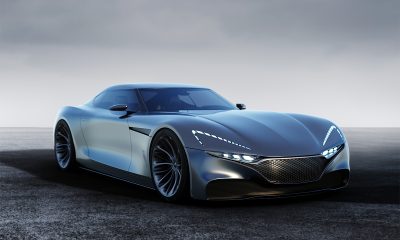
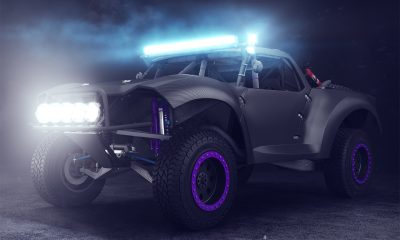
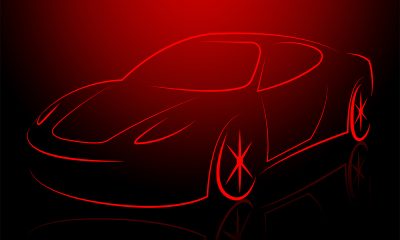
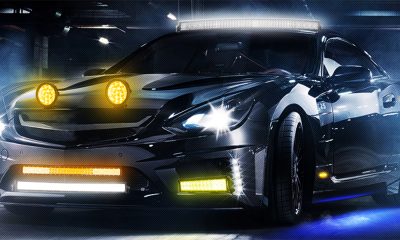
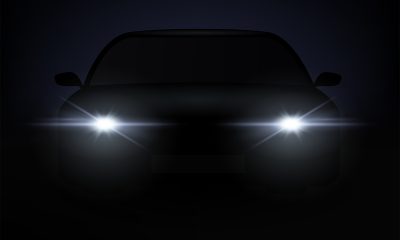
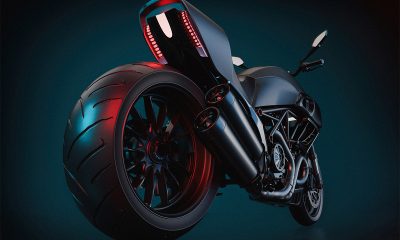


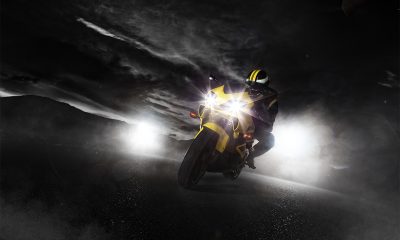
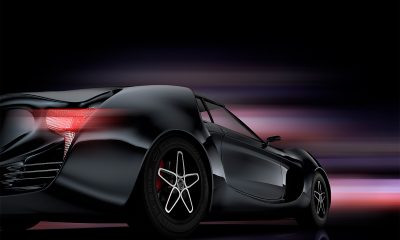
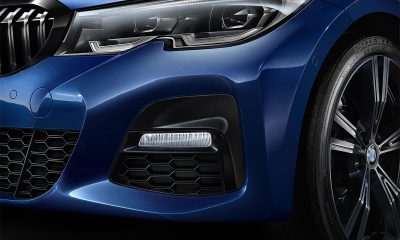






Loading...